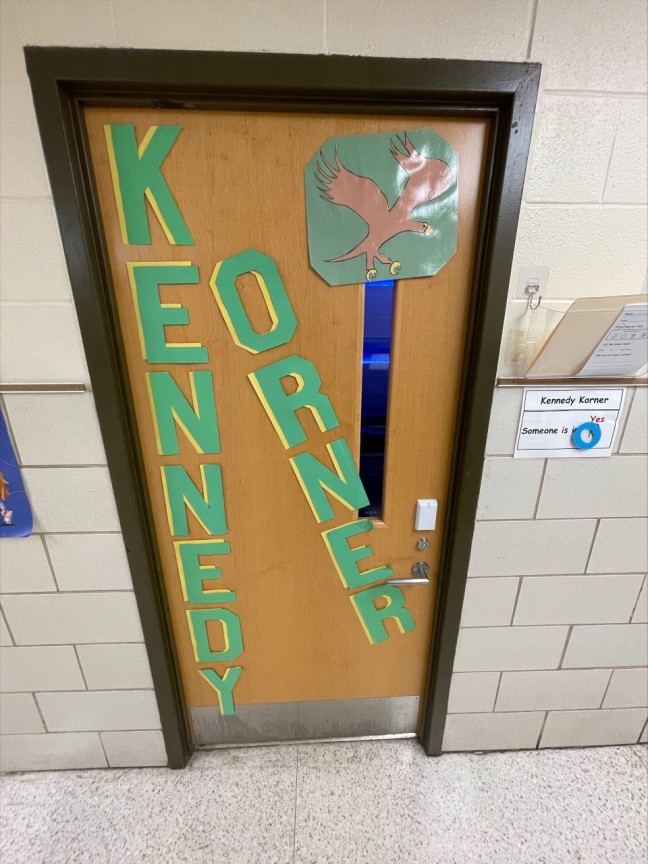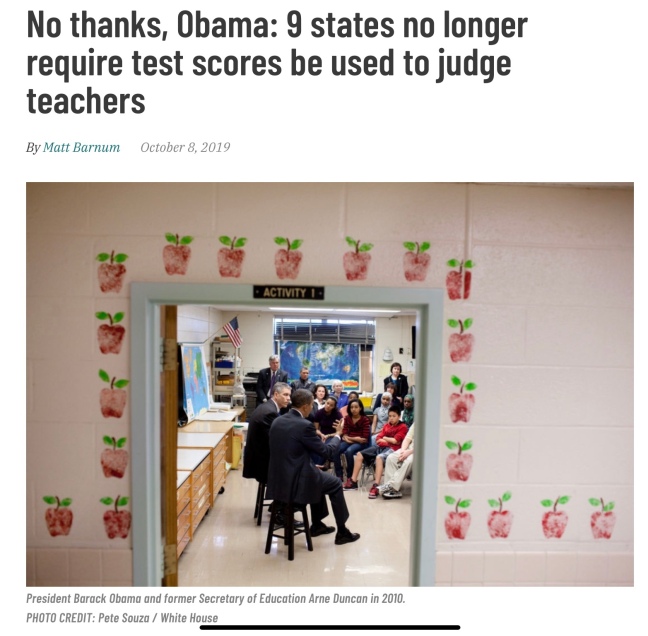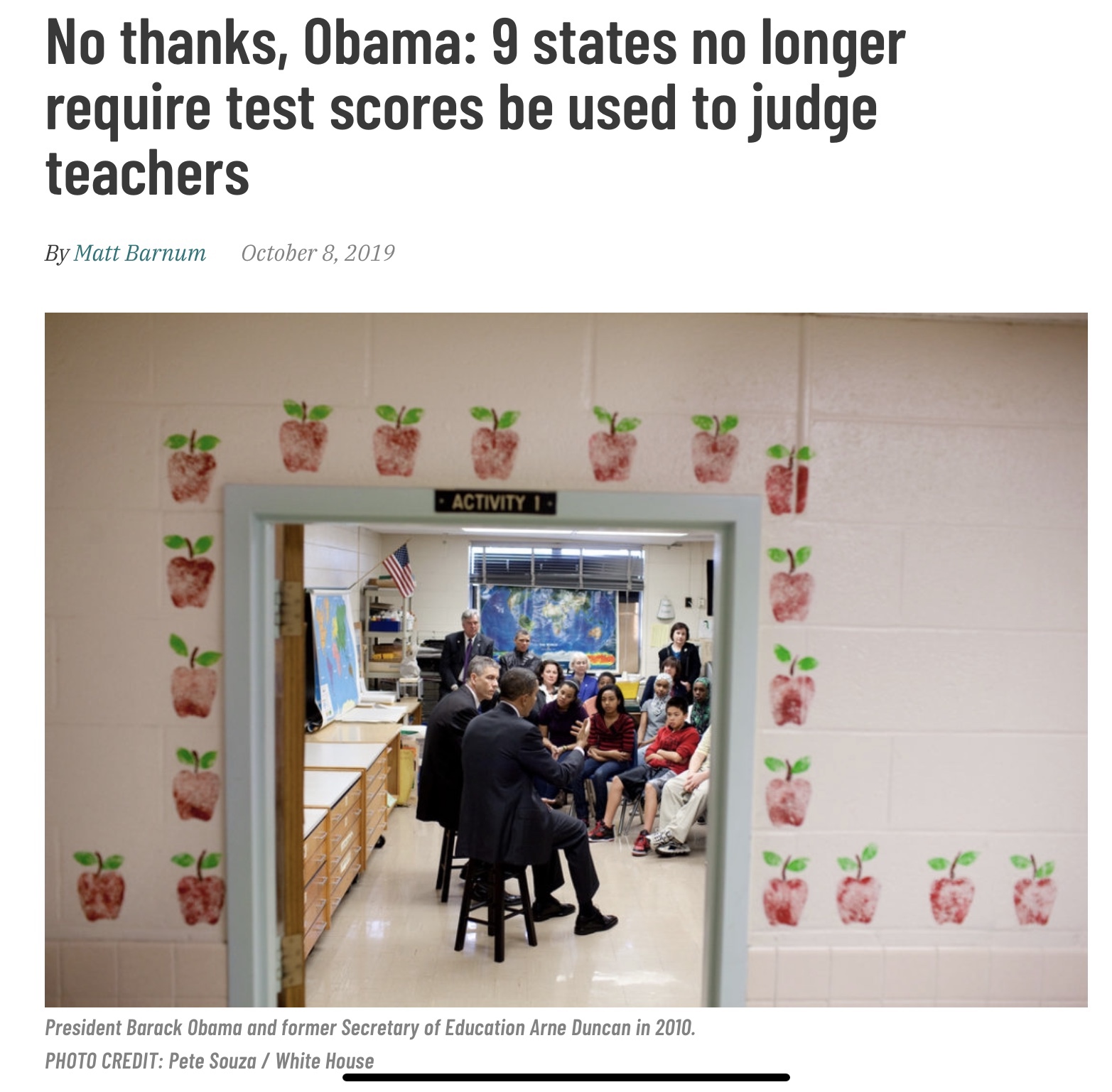It’s INSANE how much the world of education has changed since I last shared a blog post. I posted my last blog on November 23, 2019. That was more than two years ago (I’ve been busy…)! So much has happened since then! By “so much,” I MOSTLY mean that a global pandemic upended the way we operate. If you think about it, since March 13, 2020, the world of education hasn’t been and will never be the same again.
Since that day, in the field of education, we initiated Remote Learning/E-Learning/Virtual Learning (whatever you’d like to call it). We’ve had virtual meetings and digital professional developments. We’ve filmed ourselves teaching countless lessons and reading a plethora of books to our students. We’ve conducted school-wide drive-by parades and other events to help build connections between school and the community. We’ve even hosted graduation ceremonies via Zoom. We’ve done a lot to ensure students are still learning socially AND academically while at home during a pandemic.
Since that day, students and families have obviously experienced a lot as well. Students and families have faced unprecedented levels of uncertainty and financial stress stemming from unexpected job loss/unemployment. As a result of the pandemic and subsequent unemployment/financial stress, they’ve contended with increased mobility. They’ve dealt with unforeseen deaths in the family and sickness/health concerns. They’ve grappled with increased levels of depression as a result of extended isolation. Students, in particular, have experienced elevated levels of anxiety to the point where many medical professionals are now recommending anxiety screenings for ALL students by the age of eight!
I think it’s safe to say that EVERYONE in the field of education has experienced a lot during this pandemic. Unfortunately, it hasn’t stopped there. We continue to adapt to these changes and experiences, even as we emerge from the pandemic. While planning to bring ALL students back to in-person learning for the 2021-2022 school year, it was obvious there would be lingering issues and effects from the pandemic. I knew that one of those issues would be heavily multifaceted; the serious lack of social interactions. The facets of that SINGLE issue are as follows (not an exhaustive list):
- Students not knowing how to properly and safely interact with one another
- Diminished problem-solving skills, especially in social settings
- A decrease in communication skills
- Increased levels of social anxiety and a loss of coping strategies
- Increased instances of trauma resulting in elevated levels of anxiety and other issues
In August, we welcomed students back to full, in-person schooling. These students have gaps in BOTH academic AND social learning. Personally, I was and still am more concerned with the gaps in social learning. That’s not to say that I’m unconcerned with their academic learning loss since the onset of the pandemic. I am. However, I firmly believe that, unless we FIRST address the social learning loss and the lingering effects from social learning loss, we will have a harder time addressing the academic learning loss.
At Kennedy School, members of my special education department and I decided to focus particularly on trauma and anxiety resulting from the pandemic and isolation. One way we’re helping students process their anxiety and trauma is through the opening and implementation of our “Kennedy Korner.” Essentially, the Kennedy Korner is a calming space where students can go to de-escalate, refocus, and re-center. It’s a place in our school where students go when they feel stressed/anxious/scared/nervous/tired/frustrated/etc. The Kennedy Korner is full of resources such as fidgets, breathing balls, social stories, zones of regulation visuals, yoga mats and instructions, informational brochures, special lighting, calming music, a trampoline, and a crash pad. When students enter the Kennedy Korner, a dedicated educator assists them with processing their feelings and using the resources in the room. So far, it’s been a hit! Students AND staff love this room! I use this room REGULARLY to help alleviate some of my own anxiety!
Moving forward, I’m excited to continue providing students with resources and supports they need to process their anxiety and other emotions. I think these are important steps as we educate students post-pandemic. What kind of innovative things are you doing to support students post-pandemic? Like, comment, share away!














